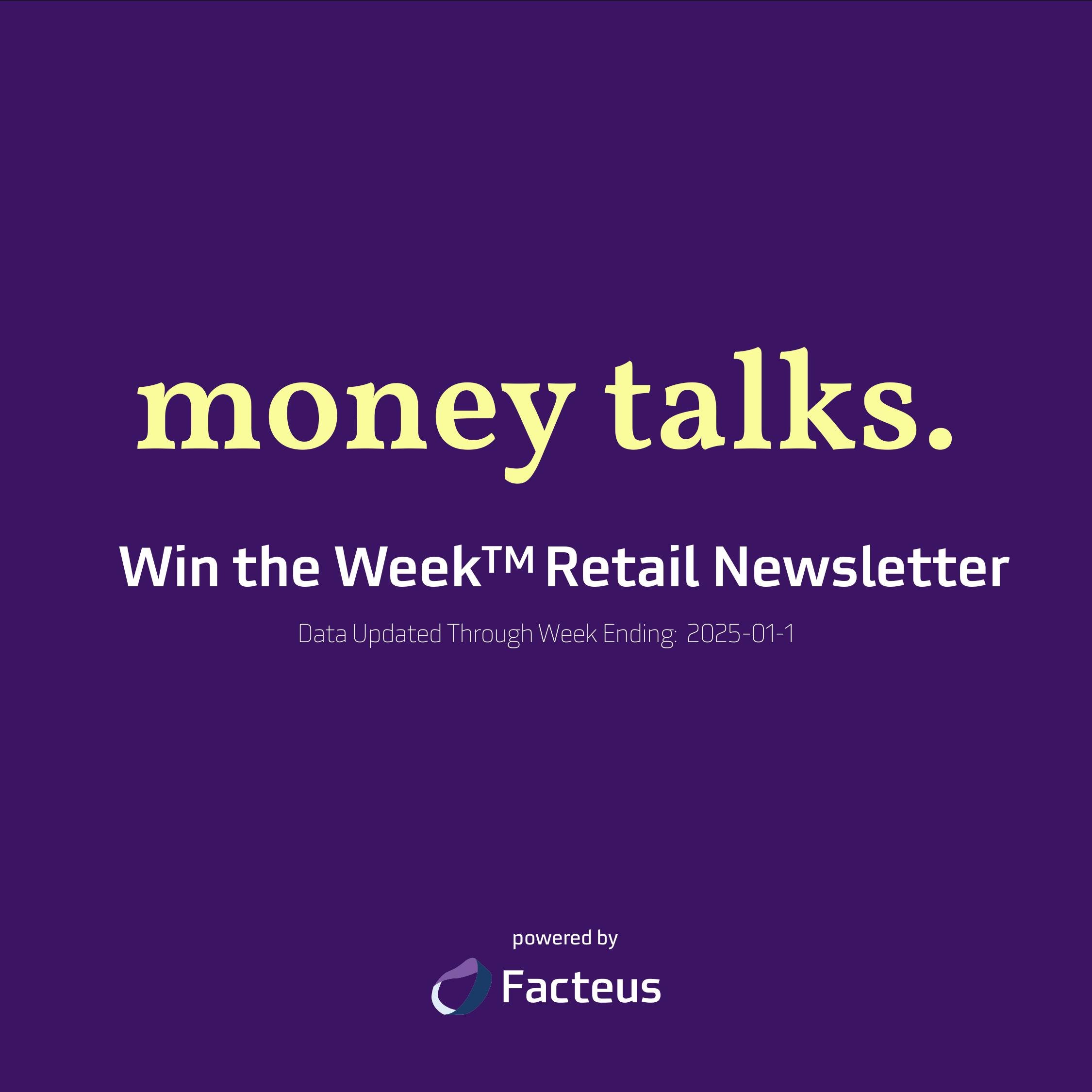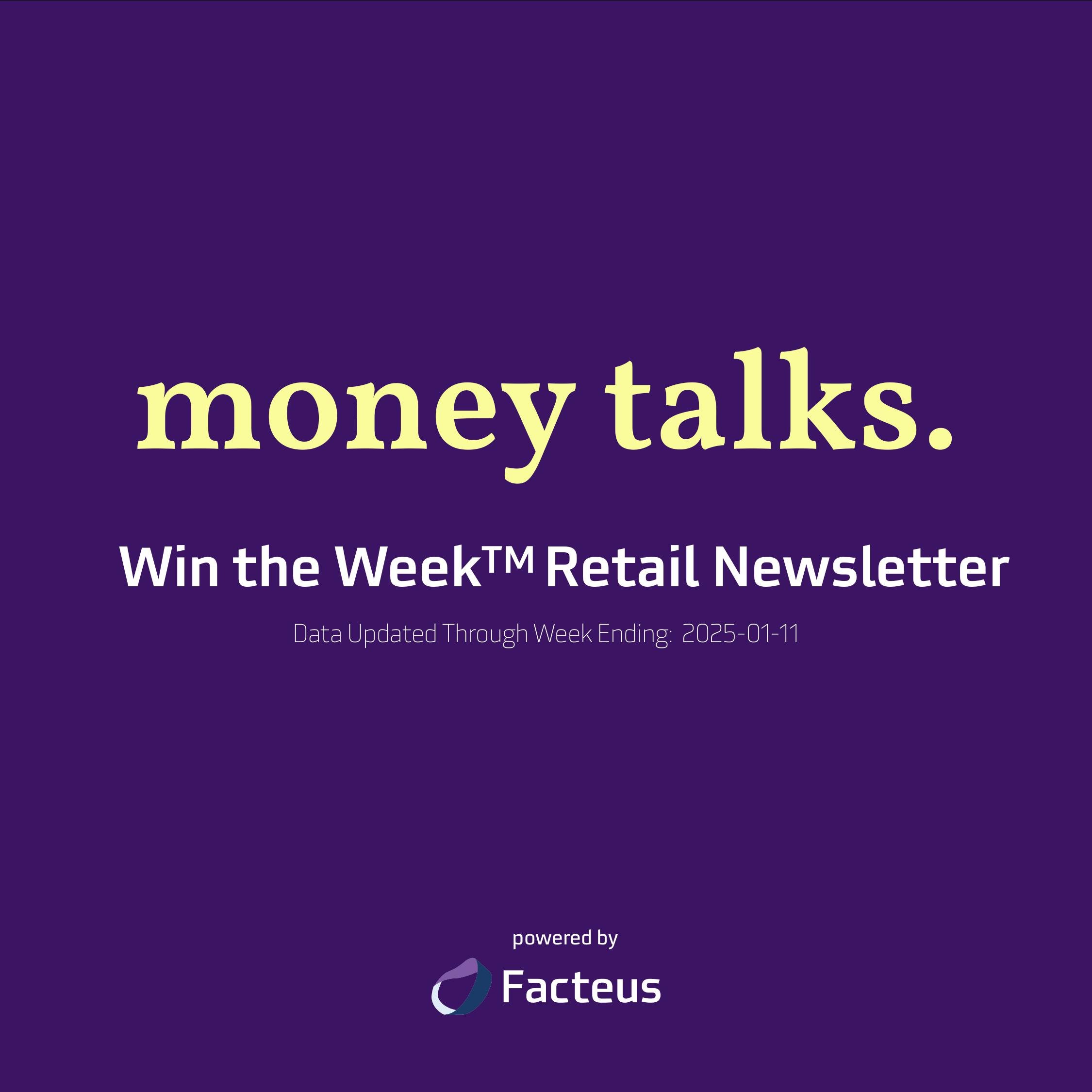What the Future of Shopping Looks Like with Generative AI in Retail
What if aisle browsing to hunt down the perfect items became a relic of the past?
And what if that was the standard at most, if not all, retailers?
Believe it or not, that may not be an imagined future-scape of retail — it could be the new norm of shopping.
If or when that happens, you could have the world of retail constantly curated for you, putting new products right at your fingertips, with everything dialed into your exact size, tastes, and predilections.
That reality could be here sooner than most shoppers realize too, and it’s all due to generative artificial intelligence (AI).
Here’s why, with a closer look at:
How Retailers Are Using Generative AI Right Now
Generative AI in Retail & Virtual Try-On Experiences
Potential Barriers & Challenges to Greater Use of Generative AI in Retail
How Retailers Are Using Generative AI Right Now
Effective at pattern recognition, generative AI is a radically powerful tool that relies on machine learning and specific inputs to create all-new content that fits certain patterns, with the ability to do so across multiple content formats, like text, 3D renderings, video, and more.
While generative AI has both disrupted and advanced several industries, its retail applications have the potential to totally alter the shopping and customer experience. That’s because retailers across several niches have already implemented generative AI to do the following.
Customize product recommendations.
These feeds are able to show new products, based on customer shopping patterns, helping retailers instantly showcase new offerings to the customers who are most likely to want and buy them.
2. Run customer service and support systems.
Customer inquiries, problems, and support needs are also being handled by generative AI in retail, with chatbots and similar systems getting better at serving up appropriate solutions or funneling customers to exactly where they should go to get the help they need.
3. Uncover opportunities for operational efficiencies
Inventory maintenance and ordering, supply chain issues, product descriptions, and even new product design can all be streamlined with generative AI in retail, reducing losses and mistakes to enhance efficiency for small and larger retailers alike.
4. Optimize the customer experience.
Floor plans and in-store product placement can be dramatically improved based on customer shopping trends and patterns.
Similarly, generative AI in retail can optimize the online customer shopping experience, providing better ways to convert window shoppers into sales and revenue.
5. Select areas for new store locations.
Analyzing shopping trends in different regions, generative AI in retail may assist leaders in identifying the best cities and spaces for brand-new locations whenever it’s time to expand.
Whether or not you’ve recognized these forms of generative AI in retail, there’s one application that’s practically impossible to ignore, and that’s the use of virtual try-on solutions.
Generative AI in Retail & Virtual Try-On Options
Realistic renderings of what you’d look like wearing certain items could fundamentally shift what the shopping experience looks and feels like.
With these virtual try-on experiences, generative AI leverages sophisticated facial recognition technology, along with algorithmic learning, to show shoppers precisely what certain products would look like on them — all without the customer physically touching the item itself.
This application alone has proliferated across several retailers, giving shoppers a new way to virtually try-on products like (and not limited to):
Clothing, including apparel, costumes, shoes, belts and other accessories
Jewelry, like earrings, necklaces, watches, and even engagement rings
Eyewear, such as eyeglasses, sunglasses, and safety glasses
Makeup, including foundations, eyeshadows, lipsticks, and so much more
Wigs, as well as other hair and head accessories, like headbands and hats
Leading the charge on virtual try-on options are some heavy hitters in the retail world, including (and not limited to):
Amazon Virtual Try On Tool
The Amazon app uses augmented reality (AR) and smartphone cameras to give shoppers a way to model apparel, shoes, and glasses.
With this feature, shoppers can also view furniture in their homes and rotate their phones to see what items look like from different angles.
Sephora Virtual Try-On Feature
Letting customers try on makeup, Sephora’s “Virtual Artist” also comes with a “shade finder” that helps shoppers find the perfect colors and tints, based on their skin tones, their eyes, their hair color, and more.
L’Oreal Virtual Try-On Tool
Dubbed “Modiface,” L’Oreal’s virtual try-on solution lets customers model makeup, as well as different hair colors. Plus, L’Oreal’s Modiface isn’t exclusive to the brand’s app or website.
Customers may also see Modiface kiosks in brick-and-mortar stores, providing another “venue” for virtual try-on assistance.
As retailers continue to trailblaze with generative AI applications, more exciting uses could become part of our everyday shopping experiences.
Moreover, the retail sector as a whole could unearth new opportunities for power players in other industries to embrace generative AI technology with extraordinary success. For instance, cosmetic surgeons could use generative AI to model surgical results on patients, and home contractors could use generative AI to render remodel options and outcomes in an entirely novel manner.
Potential Barriers & Challenges to Greater Use of Generative AI in Retail
If generative AI has the power to do so much for retailers, their bottom line, and their customers, why haven’t more stores and brands fully embraced it yet?
There could be a handful of hurdles standing in the way of more widespread proliferation of generative AI in retail. Some of those obstacles include:
Data quality: With data systems, the output is only as good as the input. So, high-quality data is vital to the success of generative AI systems and applications in retail. Consequently, data accuracy, reliability, and sourcing are all integral cornerstones for retailers’ generative AI tools.
Privacy: Data encryption, storage, and anonymization all come into play with privacy concerns. Taking a proactive approach to data privacy can help retailers foster trust and confidence with shoppers while also supporting compliance efforts.
Compliance: To avoid lawsuits, fines, and reputational damage, retailers need to focus on compliance in the digital age, particularly in certain jurisdictions where stringent regulations like the GDPR (General Data Protection Regulation) or the CCPA (California Consumer Privacy Act) apply. Noncompliance could shake consumers’ trust in retailers while possibly opening up a Pandora’s Box of legal problems.
Infrastructure and partnerships: Launching and running generative AI systems in a retail setting isn’t like rolling out a new product line or opening up a new storefront. Far more complex, generative AI in retail will likely require distinct partnerships and infrastructure. That could mean that retailers without the foresight and/or bandwidth to invest in those resources may end up falling behind or having trouble getting these advanced systems off the ground.
While these challenges can be as uniquely complex as the applications of generative AI, one thing’s for sure — the train has already left the station in terms of generative AI in retail.
Forward-thinking brands that find ways to welcome and take advantage of this technology will likely become (or remain) retail titans for years to come.
















